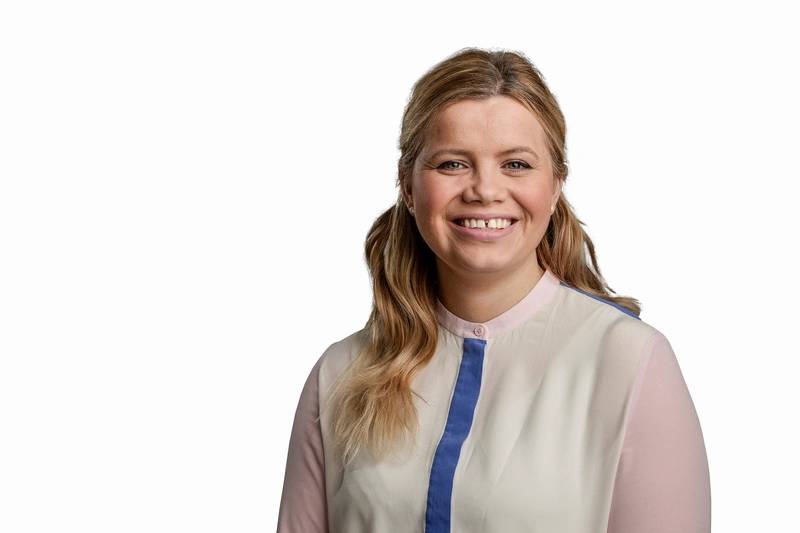
Water-based and non-aqueous drilling fluids and its associated drill cuttings are the largest waste streams generated in global offshore drilling operations. Because of this, there are regulations in place which govern how companies dispose of the materials generated from the wellbore.
Drilling regulations exist to protect the seabed and underwater ecosystem. Regulating what happens to drilling waste from drilling projects ensures that any operations are carried out with as little harm to the environment as possible.
Under certain conditions, many countries permit the disposal of drilling waste into the marine environment, however, regulations vary globally. For instance, in regions such as the North Sea, Norway and the Mediterranean, the policy is that any drilling waste being discharged to sea should not have a hydrocarbon content higher than 1%.
In some other areas, the maximum discharge rate can be between 5-6.9%. Under these circumstances, the drilling waste can be returned to sea only after further mechanical separation of drilling fluids from the rock drill cuttings, a technical procedure known as drill cuttings drying. However, the industry is shifting to a focus on tightening regulations. TWMA has worked with operators that, despite the regions having a higher discharge rate, have decided to invest in technology to work to the less than 1% discharge rate, which is considered best environmental practice.
In one instance we worked with an operator to support a project in Cameroon, where the maximum discharge limit is 5%. However, the company stipulated its own discharge limit for the project to be less than 1%. To work to the best environmental practice, the E&P company utilized TWMA’s thermal processing technology, the TCC RotoMill to meet the investors’ discharge target.
In order to meet these regulations, drilling waste must be treated prior to discharge. The use of TWMA’s thermal processing technology allows drilling waste to be treated to the strictest standard of 1% or less oil on cuttings. The technology is recognized as the best available technology and best environmental practice for processing drilling waste offshore. The solution separates the drill cuttings into three constituent parts of oil, water and solids for recycling and reuse. Due to the low operating temperatures utilized in the process, the recovered oil retains its original properties and can be reused in the drilling system.
Some regions still have a zero-tolerance approach whereby no drilling waste can be returned to sea and operators are required to use the traditional ship to shore method. This means that offshore drilling waste is collected, contained and transferred via vessel to a specialist thermal processing facility onshore. While this would seem the most environmentally friendly method for drilling, there are a number of drawbacks to using this method.
Shipping drilling waste onshore involves significant transportation which increases an operator’s carbon footprint. By processing offshore, operators reduce their carbon footprint by up to 52% compared to onshore processing of drilling waste.
As well as bringing environmental benefits, offshore processing of drilling waste also brings significant health and safety benefits to a project as there is minimal requirement for lifting and handling operations. Shipping drilling waste onshore also brings with it a large logistical consideration as infrastructure is required to support the number of shipments of drilling waste being brought onshore.
We regularly engage with regulatory bodies and operators to educate the regions on the best practice for disposal of drilling waste. But across the industry the associated regulations are still in the relatively early stages. For example, the OSPAR convention, which sets the standard for UK and Norway waters, was only updated to less than 1% discharge in 2000, 25 years after North Sea drilling began.
We have seen regulations evolve over time as basins become more developed and the long-term impact of operations is realized. It may be slow, but we are seeing improvements across the sector with technological advancement ensuring that projects are completed to meet environmental best practice.
 The Author
The Author
Lindsey MacLeod is Market Analyst at TWMA. With more than 10 years international oil and gas experience, Lindsey specializes in sales, business development and strategy. With a background in public affairs, Lindsey works with clients and regulatory bodies to develop environmental regulations to meet best environmental practice in country.
Lindsey holds a MA History and International Relations degree, and a MLitt in Strategic Studies and a Postgraduate Diploma in Communications and Public Affairs.